Ancient Greek Buddhism is highlighted by two main points: the sculptural depiction of The Buddha and the textual report on King Menandros’ becoming a Buddhist adept. The 304 questions to King Menandros (reign: ca. 155-130 BCE), the Milindapanha (a paracanonical work as from ca. 150 BCE), is a dialogue between the Greek sovereign of Hellenized Asia and the Venerable Nagasena. This resulted in the ruler’s acceptance of the Dharma as a lay disciple who subsequently had Buddhism disseminated throughout Indo-Greece.
His guru’s guru was by the way a Greek, the renowned Dharmarakshita, a given which is illustrative for the Greeks’ embracement of Buddhism in the Hellenized territories. Twenty-six Greek kings after Menandros were Buddhist until the demise of the Indo-Greek Kingdom in the year zero. The Milindapanha is a “reader’s digest” covering the most important Buddhist themes: (1) The 4-Ennobling Realities, (2) The 8-Fold Balancing Practice. (3) The 3-Empirical Marks of Existence, (4) The 3-Poisons, (5) The state/trait of Nirvana, (6) The notion of Karma, (7) The 5-Skandhas (psychological modalities), (8) The provisional self and ultimate not-self, (9) The Dependent Origination hypothesis, (10) The smallest units of experience: dharmas, (11) The 6th Sense: the mind’s eye, (12) The 12-Meditations themes, (13) The 4-Foundations of Mindfulness, (14) The 4-Immeasurables and (15) The 24-Patthanas: the functional/conditional relations between Karma, skandhas and dharmas.
The Greek influence on Buddhism is most dramatically visible in the statues, images of The Buddha as Apollo wearing a himation since about King Menandros’ conversion. Centuries before there were only an iconic depictions of The Buddha: footsteps, bodhi tree, lotus flower, throne and wheel. The Greek pantheon seems to be inspirational for the development of the Mahayana pantheon and its airy bodhisattvas. Notably, these flirtations with metaphysics were disclaimed by the Buddha Gautama. The Greek godheads Heracles, Tyche and Zeus paralleled and developed into Maitreya (loving-kindness), Avalokiteshvara (compassion) and Manjushri (wisdom).
This syncretism in Ancient Greek Buddhism was evidently functional in the evolution of Mahayana and can be conceived as the proto-Mahayana phase of Buddhism. From a Buddhist point of view it is safe to infer that accepting/adopting Hellenistic mythical figures was part of upaya, skilful method, which warranted adjustment/survival of Buddhism for 2600 years in various places and cultures. Conclusion: There is no compelling need to learn Buddhism via the Far East, because of half millennium cross-fertilization with Hellenism, Buddhism already belonged to and has been part and parcel of Western civilization during 2200 years.
Iconography
Before the Asian Ancient Greek Buddhist era (2nd century BCE), the Buddha was depicted by his footsteps, a wheel or a stupa (first picture: bhikkhus and bodhisattvas circumambulating a stupa in Hellenistic style with Corinthian pillars).
Second picture depicts a turning point in the life of Siddharta Gautama toward becoming The Buddha, i.e his leaving the family’s palace in search of awakening, guarded by the unbeatable Heracles with his club on the left and by the fortunate Tyche, the protector of cities on the right.
Third picture: the Buddha as a manifestation of Apollo flanked by Heracles (with power bat) who later became Maitreya/metta/loving-kindness and Tyche (with cornucopia, horn of plenty) who became Avalokiteshvara/karuna/compassion.
Fourth picture: three times The Buddha standing in Hellenistic toga as Apollo.
The fifth picture explains what could be called Proto-Mahayana, the prototype of what later on (as from the year 0) was developed into a full-fledged Mahayana through the Buddha sitting in lotus posture with on the left Bodhisattva Maitreya whose hair is tied in a Heracles knot and (unseen) carrying an elixir flask in hand (previously a knot) and on the right Bodhisattva Avalokiteshvara whose hair is covered by an Eastern turban and (unseen) holding a wreath in hand (previously a cornucopia. On the back left-side Hariti, a Zoroasterian symbol for motherly love and compassion who later fused with Tyche transformed into Avalokiteshavara, a male figurehead, and on the back right-side Vajrapani, Northern Indian symbol for an adamantine (diamond-like) bodhicitta (commitment to seek awakened mind) and who fused with Heracles transformed into Maitreya.
Last picture: a crazy professor in Musee Guimet, Paris, with on his back a Bodhisattva with a turban, thus his name is? … … …
Interested in a Masterclass about Ancient Greek Buddhism? Scroll our Masterclasses page!
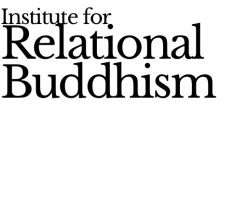

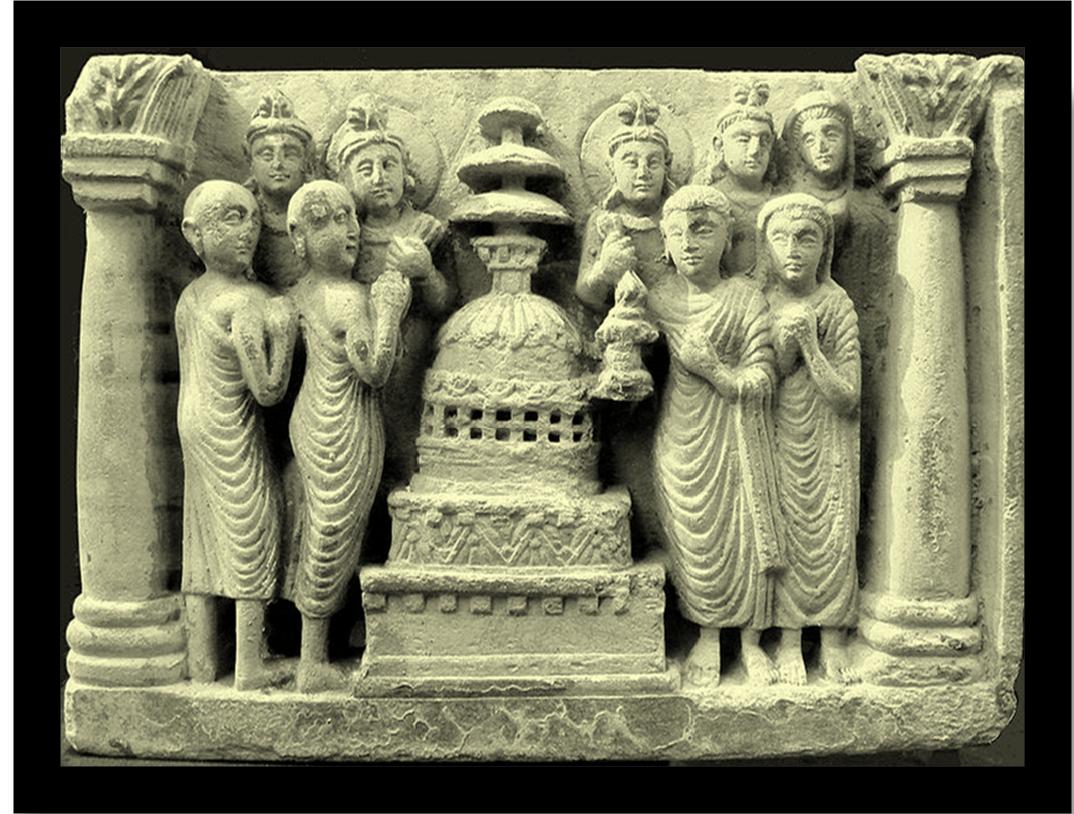
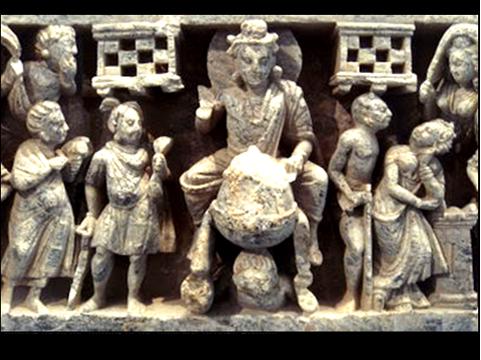
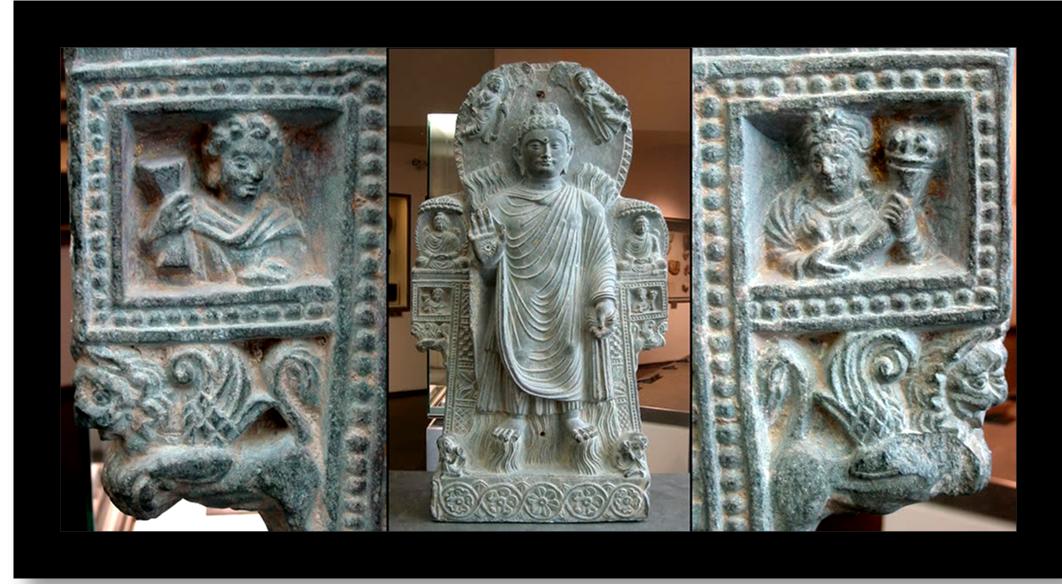
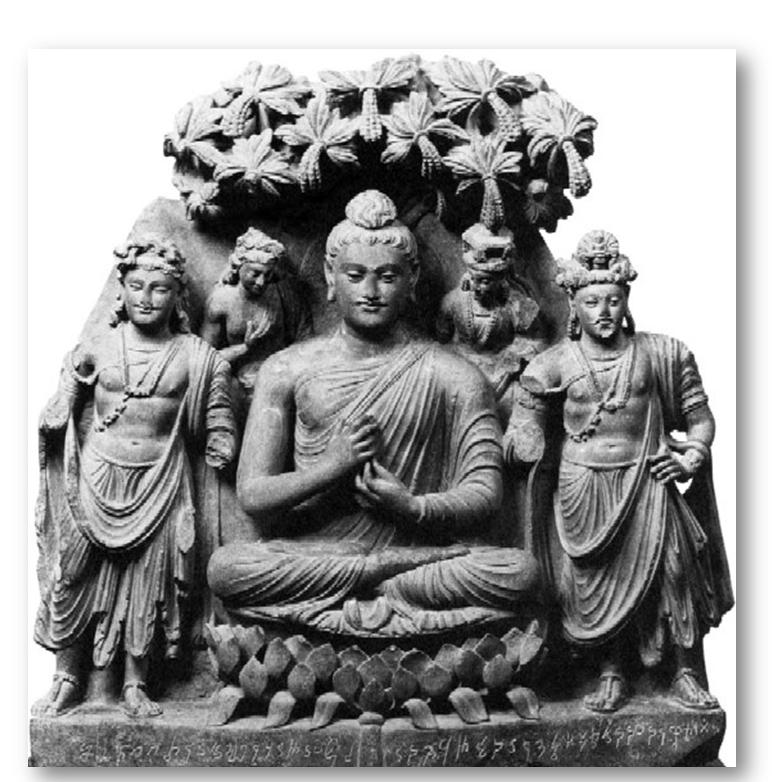
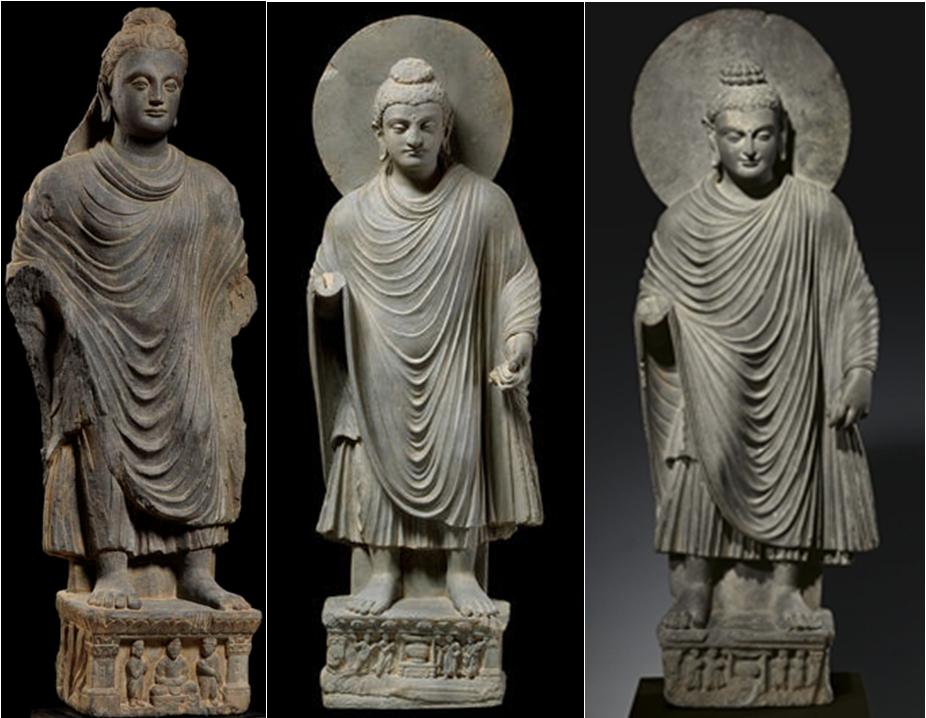
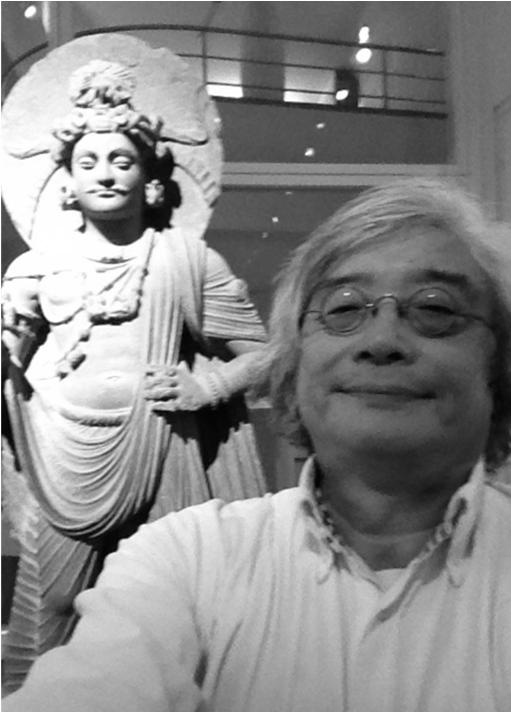
Thanks for sharing these wonderful info.
Thank you very much for this!
Hlo!
Sir! I need authantic books on Ancient Greek Buddhism in which mention there culture, there believes, way of liberation…
So kindly suggest me good books on this topic..
Thnkx alot
I was interested and more information iconic sculpture & Buddha statue at the first period of Menander King became a Buddhist Monks after the first Q&A with Nakasen.